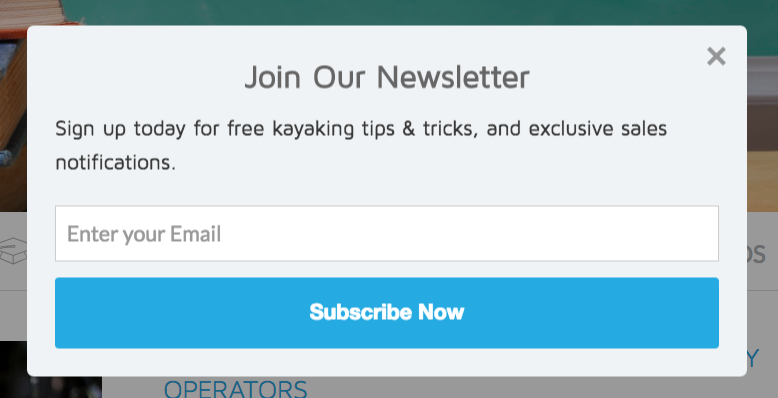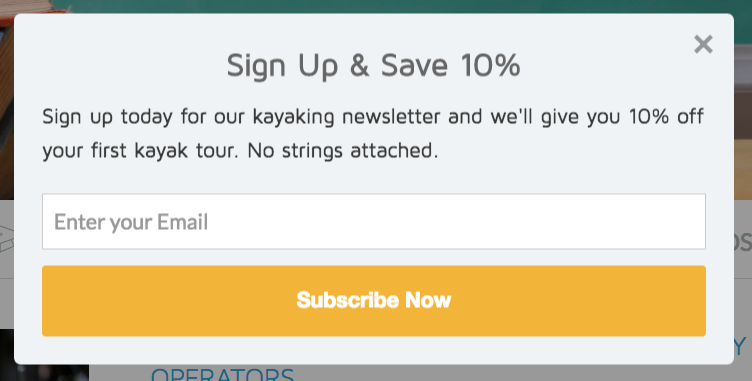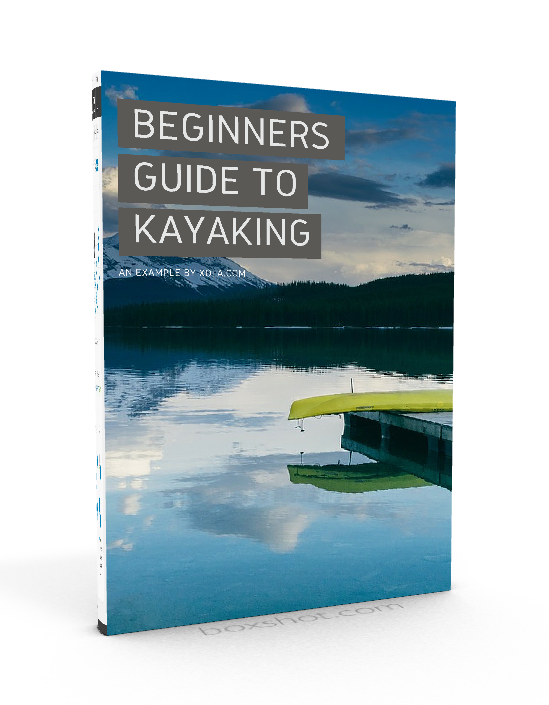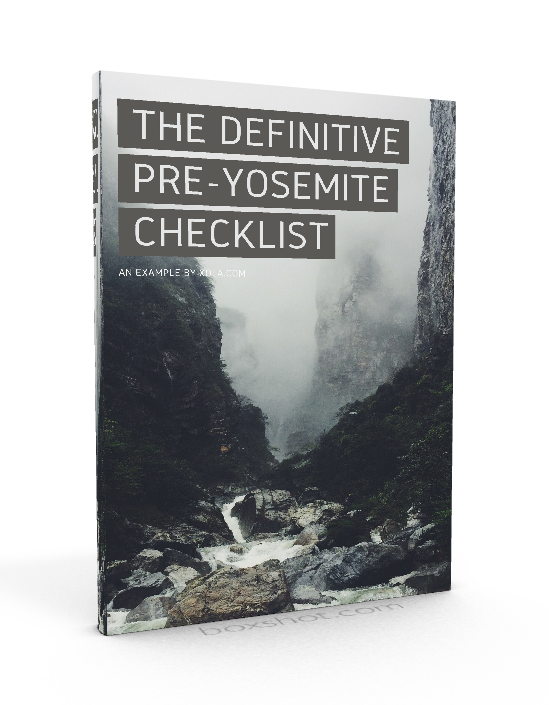
Why Is List Building Important?
Consider this…
According to research done by McKinsey & Company,
“E-mail remains a significantly more effective way to acquire customers than social media—nearly 40 times that of Facebook and Twitter COMBINED.”
Why is the ROI so high?
Here are a few possible reasons…
- 91% of all US consumers still use email daily
- Email encourages buying behavior 3x more often than social media
- The Average Order Value from email is 17% higher than with social media
(Source: McKinsey)

If you want to get more bookings but spend less, invest in email marketing.
Email List Building 101
It should go without saying…
You can’t send emails without an email list.
It’s easy to build a list of past customers (your booking software should collect emails for you). But building a list of people who have never purchased is hard.
Luckily, email marketing professionals have been doing it for ages. Here’s how…
Make an irresistible offer
Most websites make one major mistake when they try to build their email list…
They think visitors will give away their contact information for free.
Imagine this conversion between a kayak tour & rental shop and a window shopper:
…
As the visitor walks through the front door…
Clerk: Hey there, I noticed you just walked through the door. Want to sign up for our newsletter?
Shopper: Um… Probably not… Why?
Clerk: So we can send you tips.
Shopper: Tips?
Clerk: Yeah! Tips and tricks. About kayaking.
Shopper: Uuuh, no.
Clerk: Well, we’ll send you information about sales and discounts too.
Shopper: Oh! Are you having a sale?
Clerk: Uh, no. Not right now. But we might have one later.
Shopper: Wait… You want my email address so you can send me ‘tips and tricks’ and advertisements?
Clerk: Yeah!
Shopper: …
Clerk: So, what do you think?
Shopper: NO.
The visitor leaves the store in a hurry.
…
It doesn’t take a marketing professional to know what went wrong in this conversation.
(Although there’s more than one thing that went wrong. More on that in a second…)
The clerk didn’t offer anything valuable in return for the shopper’s email.
He offered vague promises like “tips and tricks”. He tried offering a sale (sometime, maybe) without actually giving one.
He tried to get the visitor’s contact information for free.
Believe it or not, a lot of businesses try the same thing when asking for a web visitor’s email address.
Take this popup, for example.

There are no valuable offers made here. Just a few empty promises.
This next popup makes a major improvement by offering a discount. They’re literally “paying” for new subscribers by offering a chunk of their profit margin.

It’s an enticing offer, but most business owners don’t want to discount their bookings… We don’t blame them.
Luckily, there are ways to “pay” for emails without giving money away.
Design an ebook
One popular (and cost effective) ways to “pay” for emails without giving away money is to offer an ebook guide or checklist.
Good ebook guides provide valuable & relevant educational content to the potential buyer. A kayak tour company, for example, might offer a Beginners Guide to Kayaking with in-depth explanations, safety tips, and intriguing kayak-related facts.

An ebook checklist is valuable because it provides actionable information that someone can use right away. A tour company in Yosemite National Park might offer an in-depth checklist for visitors who want to know how to prepare and what to pack.

Improve your timing
Notice that in the dialogue above, the clerk asks the visitor for her contact information as soon as she walks in the front door.
But why then? At that particular moment? After all, the store clerk doesn’t know why the visitor walked in the store.
She could have been walking in to buy something, but the clerk scared her away before knowing anything about her intentions.
Using an entry popup (a popup that appears every time someone first visits your site) is like asking a new store visitor for their email, right as they walk through the door.

New visitors haven’t even seen your site yet. Why would they give their email to a company they don’t even know?
Now imagine what would happen if the clerk asked the visitor for her contact information when she was leaving the store. Assuming the visitor didn’t already make a booking, this would be a great time to engage with her.
In the online world, this is known as an exit intent popup.
Exit intent popups only appear when a visitor shows exit intent (when they move their mouse towards the address bar or the ‘back button’), meaning they’re about to leave the site. It allows visitors to browse and buy uninterrupted, and only displays an offer if they look like they’re leaving.
You want to deliver value from your website before asking a visitor for something in return. The exit intent popup improves your chances that visitors will subscribe instead of running out the door.
Pro Tip: More advanced exit intent popup software allows you to prevent the popup from appearing if the user already made a purchase. Why ask for their email when you already have it?
Conclusion
Let’s try our kayak tour scenario one more time with two major improvements:
- Offer something relevant & valuable
- Make the offer after the visitor browses the store
…
As the visitor walks towards the exit…
Clerk: Before you go, would you be interested in our free Beginners Guide to Kayaking?
Shopper: Sure! I’m not ready to book a tour, but I’d love to learn more about kayaking.
Clerk: Great! If you sign up for our newsletter, we’ll send you the ebook.
Shopper: Alright, here you go.
The visitor joins your email list.
Clerk: Great! We’ll send the guide to your inbox.
Shopper: Looking forward to it. Thanks!
Clerk: We hope to see you again soon!
…
Not only did the clerk get the visitor’s email (which allows him to follow up and sell them a tour), he delighted the visitor with free and valuable content.
If you copy the clerk’s example and,
- Offer something valuable in exchange for contact information
- Make your offer as your visitors leave the site
You will be rewarded with a fast growing email list (which you can use to convert more visitors into paying customers!)



